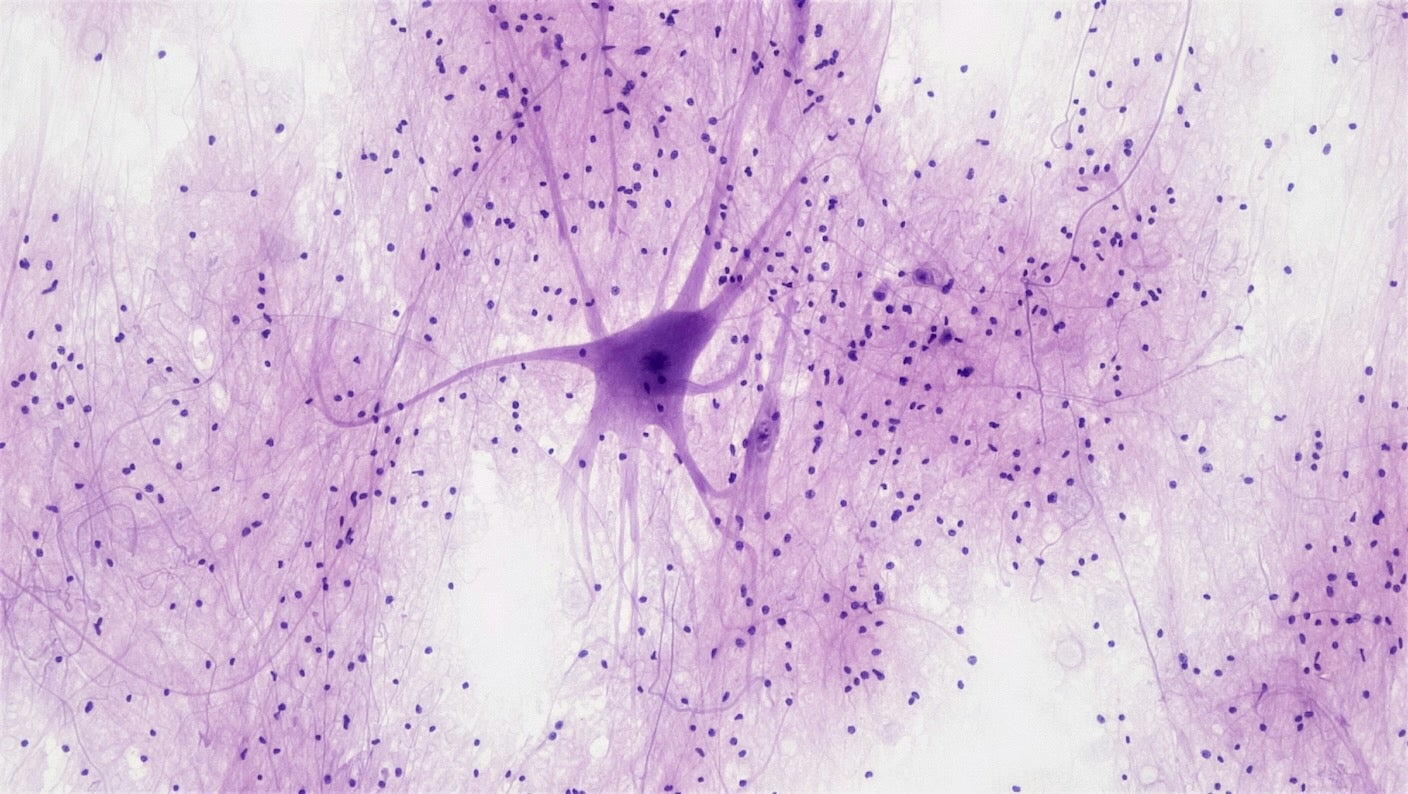Rediscovery of the Chel Snakehead: An Extinct Fish Returns from the Abyss

In a stunning twist of ecological fate, a species of fish believed to be extinct for more than eighty years has resurfaced in a secluded Himalayan river. The Chel snakehead, or Channa amphibeus, had not been officially documented since the year 1933, leading scientists to conclude that it had vanished forever from our planet.
This remarkable rediscovery serves to illuminate the extraordinary resilience that lies hidden within the world’s freshwater ecosystems, especially as we face growing threats to global biodiversity.
Rediscovering the Chel Snakehead
For decades, the Chel snakehead managed to elude all scientific efforts aimed at confirming its existence. Between the years 1918 and 1933, researchers were able to collect several specimens along the Chel River located in northern India, which led to the initial documentation of this unique species. However, after that period, extensive searches throughout the region yielded no results, leading scientists to draw the conclusion that the fish had likely gone extinct.
That narrative dramatically changed when, in 2024, three fresh specimens of the Chel snakehead were discovered, overturning decades of assumptions about its disappearance. Wildlife biologist Forrest Galante, who played a crucial role in this discovery, noted, “We knew local tribes were consuming something unusual.” His team received valuable clues from these communities that ultimately led to the confirmation of the Chel snakehead’s survival.
Remarkable Species Survives Unnoticed
The Chel snakehead is endemic to the Chel River system in Kalimpong, West Bengal, a region celebrated for its rich biodiversity nestled within the mountains. This species is particularly striking due to its vibrant appearance, characterized by bright green scales accented with yellow stripes.
Among the snakehead family, the Chel snakehead is notable for being the largest. This group of predatory freshwater fishes is often elusive and challenging to study. The vivid coloration and substantial size of the Chel snakehead make its prolonged absence from scientific literature even more puzzling.
The Role of Local Communities
Local tribal communities unknowingly became instrumental in unraveling this zoological mystery. For generations, these communities have consumed the Chel snakehead without fully grasping its significance to the scientific community.
Their dietary practices provided the essential clues that scientists needed to locate the fish. It is now imperative to engage these communities in conservation efforts, ensuring the protection of this rediscovered ecological treasure.
Freshwater Species Under Threat
Despite the uplifting nature of this rediscovery, it is crucial to acknowledge the dire state of freshwater fish species globally. These species are facing unprecedented threats, primarily due to human activities. Our interference with natural habitats, such as damming and diverting rivers, has severely disrupted migration routes and altered the natural flows necessary for fish to breed and feed.
Moreover, pollution from agricultural runoff, industrial discharges, and urban waste poisons waterways, leading to oxygen-sapping algal blooms and spreading harmful toxins throughout fragile food webs. Invasive species often thrive in these degraded habitats, further complicating the survival of native fish that are already struggling.
In addition, climate change exacerbates these challenges, with warmer water temperatures, erratic rainfall patterns, and shrinking streams putting additional pressure on these vulnerable ecosystems. The International Union for Conservation of Nature (IUCN) reports that freshwater habitats, which make up less than 1% of Earth’s surface, surprisingly house over 10% of all known species.
Continuing Exploration is Crucial
Tejas Thackeray, founder of the Thackeray Wildlife Foundation, emphasized the significance of recent findings in Indian ichthyology, stating, “Resolving this mystery emphasizes the importance of ongoing exploration and the endurance of biodiversity, even in species once considered lost forever.” Thackeray and his team have made substantial contributions to this research, showcasing how dedicated fieldwork can lead to astonishing discoveries. Future efforts will likely focus on protecting the Chel River ecosystem to ensure the survival of this rediscovered species.
Chel Snakehead Conservation
With the Chel snakehead now officially back from the brink of extinction, conservationists face a new challenge: securing its future. Immediate actions will include conducting detailed habitat assessments, determining the current population status, and implementing protective measures to safeguard its environment.
Collaboration between local communities, researchers, and conservationists will be essential in determining the Chel snakehead’s fate. Empowering residents through awareness and education programs will also be a crucial step, aligning local interests with broader global conservation goals.
Freshwater Ecosystems Need Help Now
The remarkable reappearance of the Chel snakehead carries two vital messages for humanity. First, it serves as a reminder of nature’s resilience and capacity to surprise even the most seasoned experts. Second, such surprises underscore the urgent need to protect freshwater ecosystems before irreversible damage occurs.
Every rediscovery acts as a powerful motivator for conservation action. Beyond the excitement of finding a species thought lost, scientists and local stakeholders now have the opportunity—and responsibility—to preserve the Chel snakehead and the rich biodiversity it embodies. The findings of this study have been published in the journal Zootaxa.
—–
Like what you read? Subscribe to our newsletter for engaging articles, exclusive content, and the latest updates.
Check us out on EarthSnap, a free app brought to you by Eric Ralls and Earth.com.
—–




























